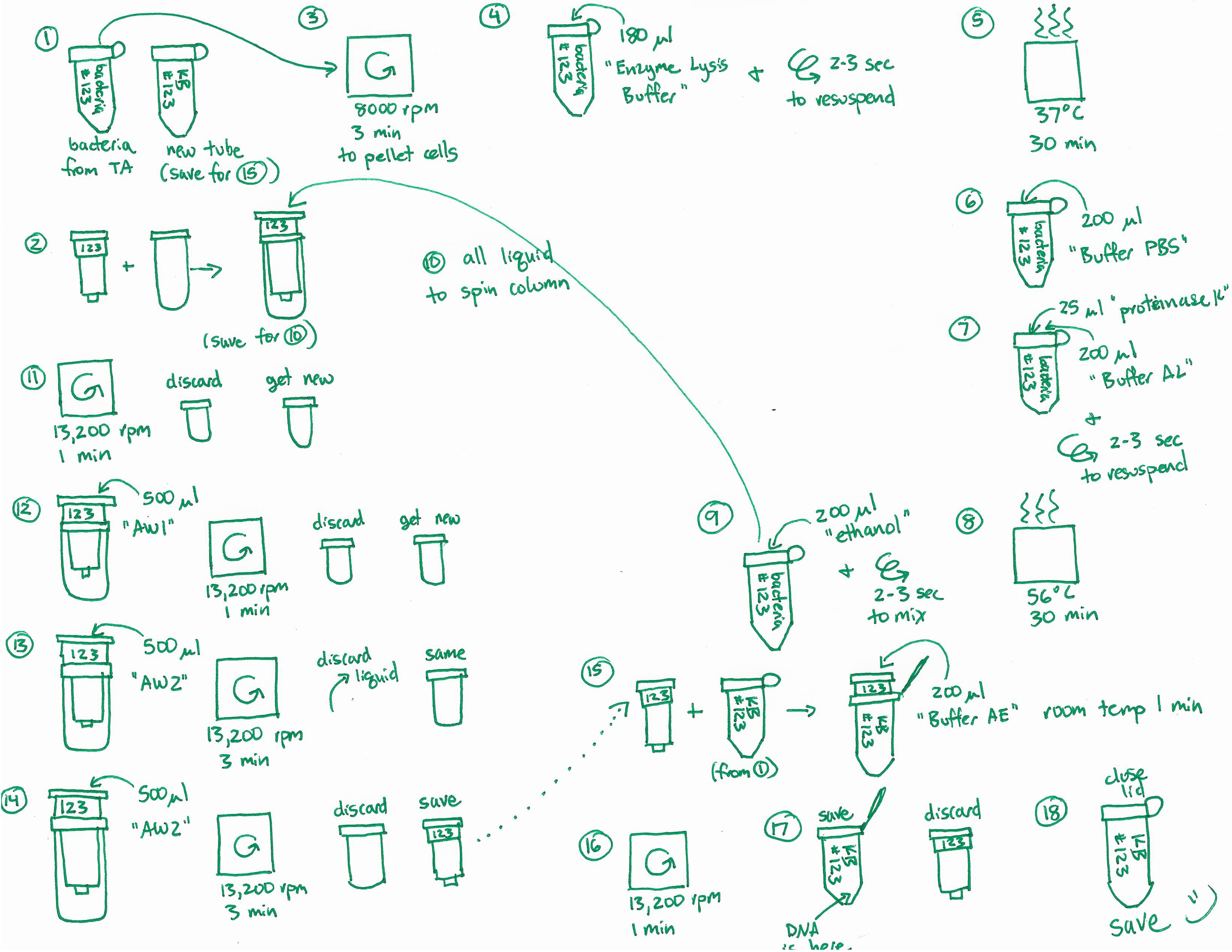
With the publishing of the Vision and Change report, we know it is best practice to include authentic research experiences in our undergraduate science lab classes. One big challenge in teaching so-called "wet lab" classes is figuring out a way to make sure students come to lab prepared to successfully complete their experiments. Molecular biology protocols are particularly challenging as they are typically long, detailed, and have multiple steps to complete. The most successful teaching practice I have tried is having students prepare for lab by hand-drawing flowcharts of the lab protocols. Drawing is a proven way to increase scientific understanding and requires students to engage with the lab materials before class. These flowcharts are due when students walk in to lab and more importantly, students use their flowcharts during lab. This teaching tool is easy to teach to students, simple to assess, and does not rely on any pre-existing knowledge of molecular biology or artistic skill. I have had great success using flowcharts as a teaching tool in both upper division and lower division classes as well as with both life science major and non-major students. Flowcharts have many potential applications beyond undergraduate "wet lab" classes including discussion courses and graduate research projects.

Charlotte Cates onto CC
@
on